Hypermobility and Kinesiophobia:
Understanding the Fear of Movement
Living with kinesiophobia - the fear of movement due to anticipated pain or injury - is challenging enough. When compounded with a symptomatic hypermobility disorder, daily life can feel like navigating a minefield of potential injuries, pain and discomfort. But this doesn’t have to be your story. With the right personal trainer who understands these complexities, you can overcome fear, build strength and restore confidence in your body’s capabilities.
Understanding Kinesiophobia and Hypermobility
What is Kinesiophobia?
Kinesiophobia is more than just a reluctance to move; it’s a psychological and physical barrier. Often resulting from chronic pain, injury, or trauma, it creates a vicious cycle where the fear of movement leads to reduced activity, weakened muscles, and increased vulnerability to injuries. This condition often impacts quality of life, leading to social withdrawal, anxiety, and even depression.
Hypermobility: The Double-Edged Sword
Hypermobile Ehlers-Danlos Syndrome (hEDS) or Hypermobility Spectrum Disorder (HSD), is a connective tissue disorder where joints move beyond the normal range of motion. While some people experience hypermobility without issues, others face chronic joint pain, instability, and increased risk of dislocations. Hypermobility often exacerbates the challenges of kinesiophobia by making movements inherently less stable and more unpredictable.
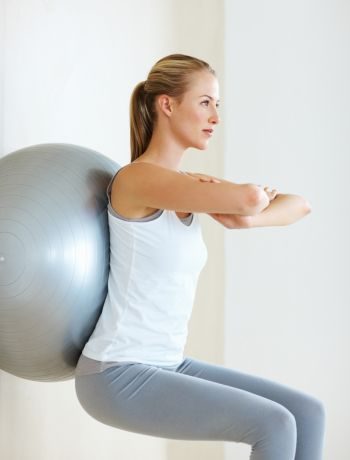
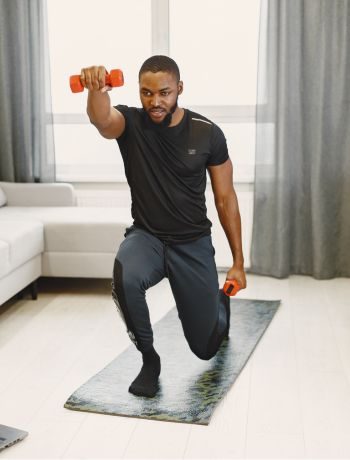
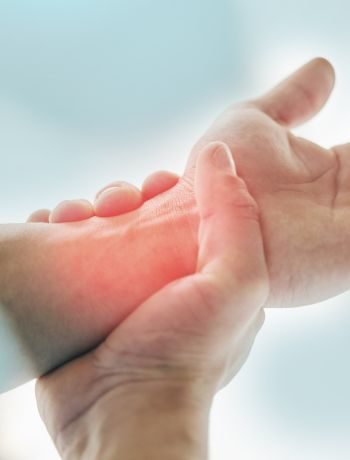
Signs of Kinesiophobia
If you’re experiencing kinesiophobia, you might:
- Avoid activities that you used to enjoy because of fear of pain or injury
- Feel anxious when moving in certain ways, even if they don’t cause pain
- Experience muscle stiffness or weakness from avoiding movement
- Constantly worry about "overdoing it" or making symptoms worse
- Feel like your body is fragile or incapable of handling exercise
Why can people with hypermobility develop kinesiophobia?
Looser and less stable joints can lead to:
- Frequent injuries – Strains, sprains, and dislocations are more common, making movement feel unsafe. If you've been injured in the past, you may associate movement with pain and fear.
- Pain and discomfort – Can make physical activity seem unmanageable.
- Fatigue and instability
- Poor proprioception (body awareness) - Can make movement feel uncoordinated or risky and lead to balance issues.
- Postural Issues - Can contribute to additional pain and reduced confidence in movement.
The Compounded Impact of Kinesiophobia and Hypermobility
When kinesiophobia and hypermobility coexist, they create a viscous cycle of inactivity and fear that leads to physical and psychological deterioration.
In their study ‘Chronic pain in hypermobility syndrome and Ehlers Danlos syndrome (hypermobility type): it is a challenge’, Scheper et al. specifically reported that kinesiophobia-related behavioural responses can contribute to physical deconditioning, which in turn may worsen joint laxity and create a cycle of muscle weakness, joint instability, increased pain, and further deconditioning. Given the wide range of musculoskeletal symptoms, functional difficulties, and resulting physical decline experienced by individuals with Ehlers-Danlos Syndrome (EDS), exercise and rehabilitation have become key components in managing the condition.
As we all know, exercise has SO many benefits for our health, way beyond the hugely important management of hEDS: from the reduced risk of chronic diseases, improved mental health, weight management to name but a few. If exercise were a pill, it would be prescribed by every Doctor in the land. If kinesophobia is limiting your ability to take control of all these issues, we can address this head on with our tried and tested techniques.
Breaking free from the cycle
Breaking free from this cycle requires a personalised approach tailored to address both the physiological and psychological challenges. This is where the expertise of an Acer Fitness professional can help you live a stronger, more rewarding life - the one you deserve, not the one you feel desitined to be restriced by.
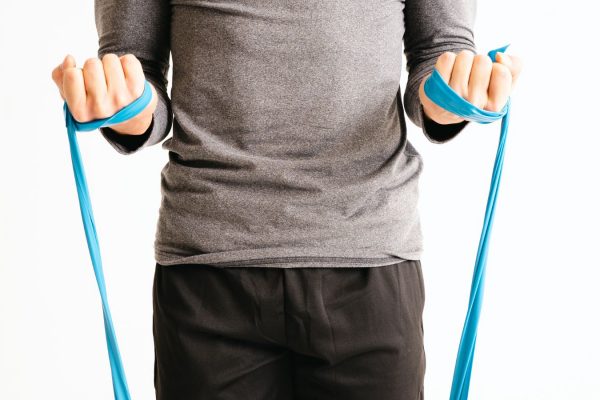
Building Trust and Confidence
The journey begins with trust. We appreciate the emotional toll of kinesiophobia and incorporates strategies to rebuild trust in your body. A trainer experienced in working with hypermobility and kinesiophobia will prioritise understanding your fears, pain points, and physical limitations. Through empathetic communication, we create a safe and supportive environment where you feel heard and respected.
Developing a Customised Plan
A one-size-fits-all approach won’t work. Your trainer will assess your unique biomechanics, joint stability, and movement patterns to design a program that strengthens key muscles without overstressing your joints. This plan often includes:
-
Low-Impact Strength Training: Exercises like resistance band work or bodyweight movements that minimize joint strain.
-
Stability and Proprioception Training: Improving joint awareness and control to prevent injuries.
-
Gradual Exposure to Movement: Incremental challenges to rebuild confidence in previously avoided activities.
Education of Movement Mechanics
Understanding how your body works is empowering. Trainers educate you on proper movement techniques to reduce the risk of injury and enhance joint stability. For hypermobile individuals, this often involves:
- Avoiding hyperextension.
- Engaging stabilizing muscles around the joints.
- Recognizing and respecting movement limits.
Psychological Empowerment
Breaking the cycle of kinesiophobia requires addressing the mind-body connection. Our expert trainers use motivational techniques and positive reinforcement to help you celebrate small victories, creating a sense of accomplishment that fuels further progress.
Working alongside your healthcare professionals
As always, at Acer Fitness we take a holistic approach to your wellbeing by collaborating with your physiotherapists, chiropractors and osteopaths to ensure a consistent team-based approach to your training and recovery.
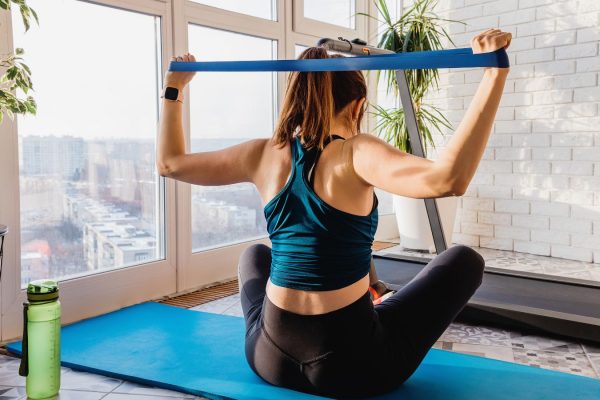
Take the first step towards building resilience through strength, and break the cycle of kinesiophobia
Living with kinesiophobia and hypermobility doesn’t have to mean resigning yourself to a life of fear and limitation. You can break free from the cycle of the fear of pain and it's subsequent inactivity. Imagine a future where you trust your body, move confidently, and embrace the activities you love.
Are you ready to start your journey to empowerment? Contact us now and take the first step today.
